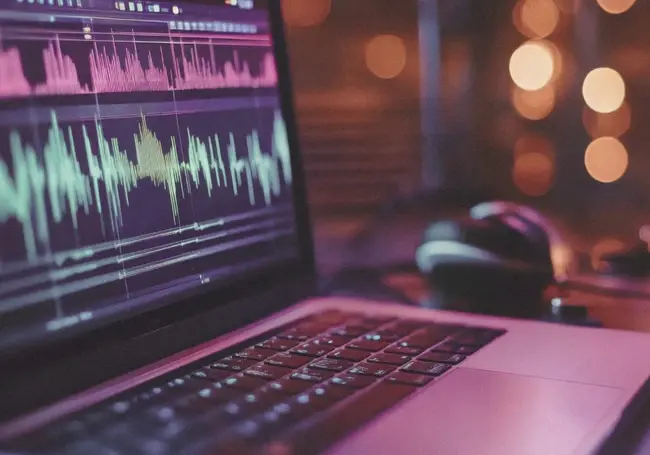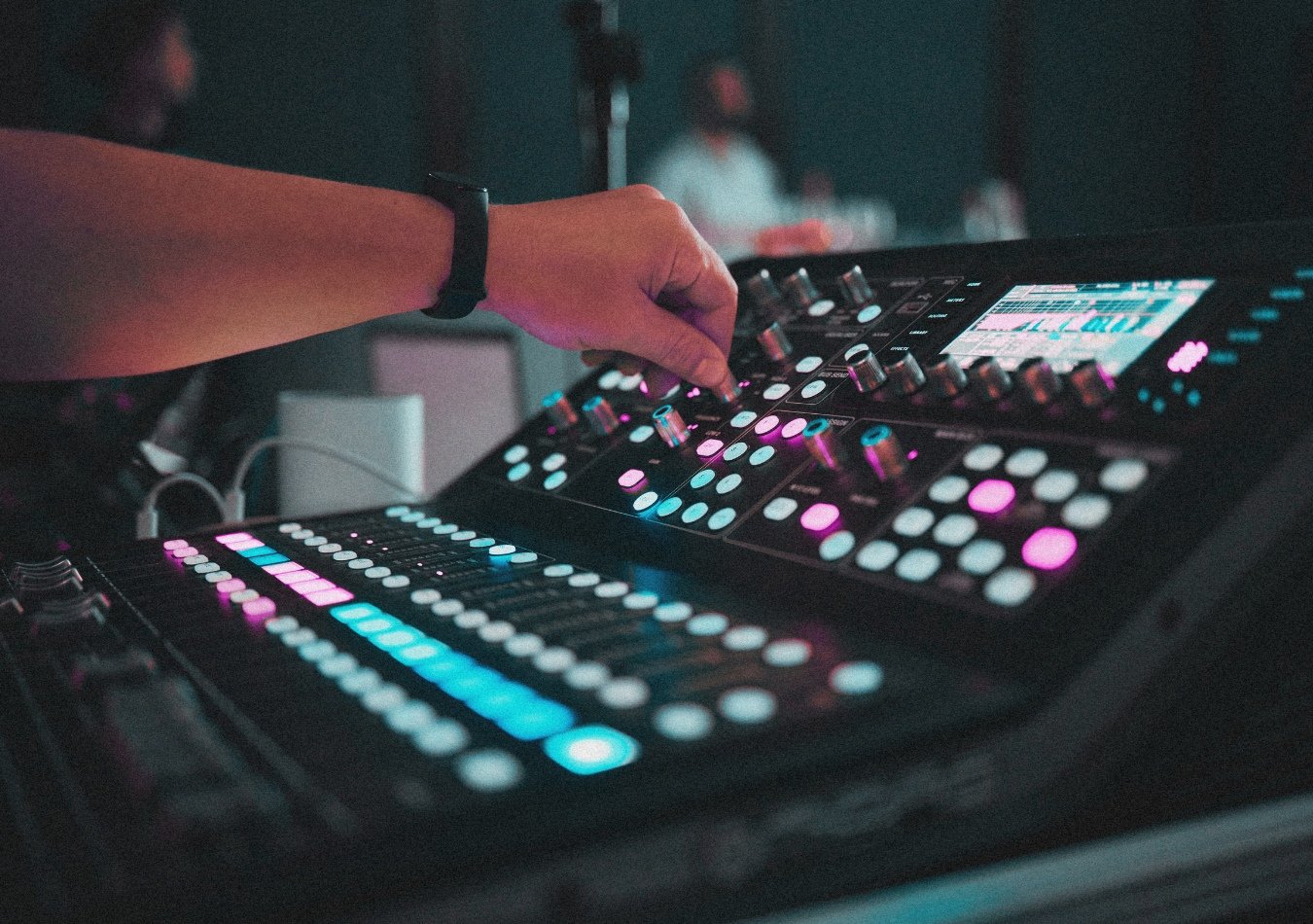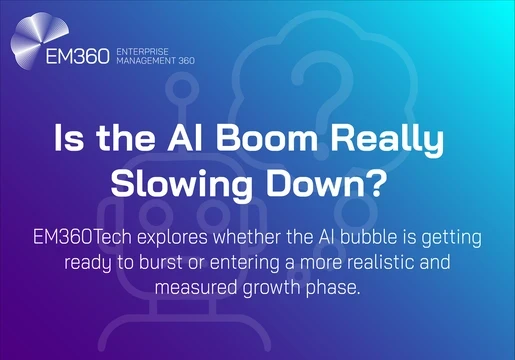From call centres, and radio broadcasting stations to even security organisations have begun integrating voice assistants into their communications platforms.
Enterprises are leveraging now AI-powered sound automation software to help them automate a wide range of audio-related tasks, improving efficiency, productivity, and creative possibilities.
According to Grand View Research, the global sound recognition market size was valued at USD 1.35 billion in 2023 and is projected to grow at a CAGR of 18.7 percent from 2024 to 2030.
This article tells you everything you need to know about sound automation, what it is and how is it relevant to enterprise management.

What is Sound Automation?
Sound automation is a type of technique used in audio production that automates the process of making changes in sound specifications over time. This could involve programming how a sound's characteristics, such as volume, panning, and effects, change throughout its duration.

Such an automation tool is commonly used in music production, for instance, a DJ might resort to sound automation systems to automate the volume of a background instrument. They might program it to also gradually increase the background instrument sound volume. Or, they could automate the panning of a vocal track to subtly shift its position from left to right, creating a sense of movement.
Often sound automation is confused with mix automation. While both of them are very similar, Premium Beat says that sound automation is a general term for using software to automatically adjust audio parameters. Whereas, mix automation is a specific application of sound automation in music production that involves changing track elements over time.
Also Read: Top 10 AI Audio Generators
How Sound Automation Works?
Sound automation is a technique that first requires the user to set instructions in advance on their Digital Audio Workstation (DAW). The instructions will automate the changes in sounds during playback.
DAW is software acting as a full-scale sound production studio on your computational device. Like any software, the user needs to install the program on their computer. Such software for example, Logic Pro X, Pro Tools, or Ableton allows users to carry out sound parameters with automation capabilities. This includes everything from volume and panning to complex synth settings and effect parameters.
Automation is like a “volume fader,” according to SoundTrap. The controller of the sound systems is relieved from manually adjusting the volumes in real-time. The algorithm essentially helps the creator design the journey of the sound itself. It gives them precise control over how the sound evolves and changes throughout the music.
Also Read: What is Fugatto? The AI Model That Creates Never Before Heard Sounds
How is Sound Automation Relevant to Enterprise Management?
Sound automation can play a vital role in enhancing an enterprise's communication efficiency. For instance, it can automate the scheduling of conferences and meetings whether it's virtual or in-person.
Automated systems can schedule and manage conference calls, webinars, and video meetings, adjusting audio levels, muting/unmuting participants, and ensuring clarity throughout the call. This reduces the need for manual intervention and ensures that all participants can communicate effectively.
Many enterprises have integrated voice automation features within their communication platforms for collaboration tools, conference rooms, or office voice assistants. This helps employees carry out calls, adjust volume, or trigger presentations without having to manually interact with devices. Such automation speeds up workflows and reduces distractions.
Also Read: Top 10 Digital Twin Software Solutions for 2024
Use Case
RCS Sound Software
RCS Sound software specialises in radio automation software that helps automate sound specifications in radio station operation,. Through its leading product, Zetta, the company allows radio technicians to create playlists and ensure songs are played in the right order and with appropriate spacing.
Additionally, the sound automation tool can automatically play commercials at scheduled times. It also tracks voices allowing DJs to pre-record segments for a later broadcast. The system provides tools for live broadcasting too including sound effects and mixing capabilities.
RCS recently announced an upgraded version of Zetta called Zetta 5.24.1. This was a significant update that included over 470 enhancements and fixes. RCS says if your station likes to limit its upgrade cycles, this is a build for you.
It provides various features such as Sequencer Failovers, modernised GSelector integration, expanded user activity reporting, Ember+ / Lawo enhancements, SQL improvements and AMU metadata extraction.
Also Read: Top 10 Communications Platform as a Service (CPaaS) Providers







Comments ( 0 )